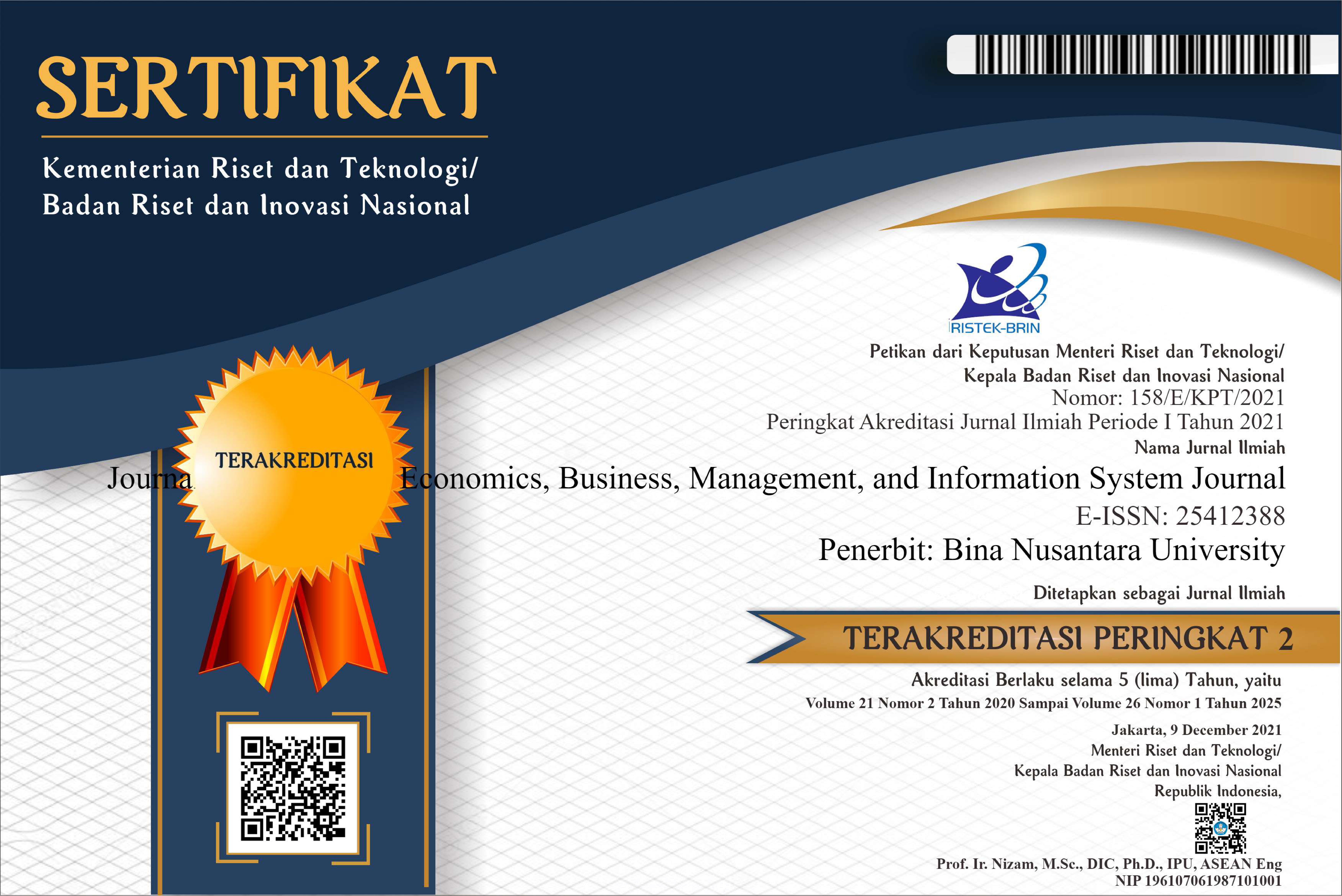Potensi dan Prospek Industri Kecil
DOI:
https://doi.org/10.21512/tw.v7i2.620Keywords:
small scale industriesAbstract
The manufacturing sector has retained its importance in the Indonesian Economy. Since 1990 it has surpassed the agricultural sector as the main contributor to the Gross Domestic Product (GDP). Article analyses strenght and weaknesses of the small-scale manufacturing industries (SSIs). By ussing the economic contribution approach and the framework proposed by Pyke, based on 2003 data provided by BPS statistics Indonesiathe study investigates the SSIs performance in relation to their economic contribution, the collective efficiency, constant innovation and economic of
scope strategy. It is conluded that Pyke’s framework was not apply since SSIs facing lack of social infrastructures and knowledge, and mostly less educated compared with the larger one. The empirical evidence also shows that in terms of value added and labor absorption, its share less than 1 % and 16 % respectively of the whole of industrial
sectors.
Plum Analytics
References
BPS. 2005a. Statistik Indonesia 2004. BPS- Jakarta.
_______. 2005b. Profil Industri Kecil dan Kerajinan Rumahtangga 2003. BPS- Jakarta.
Cooper, A.C. 1981. “Strategic Management: New Ventures and Small Business.” Long Range Planning. Vol. 14, no. 5, pp.39-45.
Dedi, W. 1994. Mencari Kiat Mengembangkan Usaha Kecil. YPUK- Bogor.
_______. 1995. “Industri Kecil Menapak Era Globalisasi.” Business News. Jakarta:
Pyke, Frank. 1993. Industrial Development Through Small Firm Cooperation: Theory and Practice. Geneva: International Labour Office.
Unido. 1969. Small-Scale Industry. New York: United Nation.
Downloads
Published
Issue
Section
License
Authors who publish with this journal agree to the following terms:
a. Authors retain copyright and grant the journal right of first publication with the work simultaneously licensed under a Creative Commons Attribution License - Share Alike that allows others to share the work with an acknowledgment of the work's authorship and initial publication in this journal.
b. Authors are able to enter into separate, additional contractual arrangements for the non-exclusive distribution of the journal's published version of the work (e.g., post it to an institutional repository or publish it in a book), with an acknowledgment of its initial publication in this journal.
c. Authors are permitted and encouraged to post their work online (e.g., in institutional repositories or on their website) prior to and during the submission process, as it can lead to productive exchanges, as well as earlier and greater citation of published work.
USER RIGHTS
All articles published Open Access will be immediately and permanently free for everyone to read and download. We are continuously working with our author communities to select the best choice of license options, currently being defined for this journal as follows: Creative Commons Attribution-Share Alike (CC BY-SA)
















